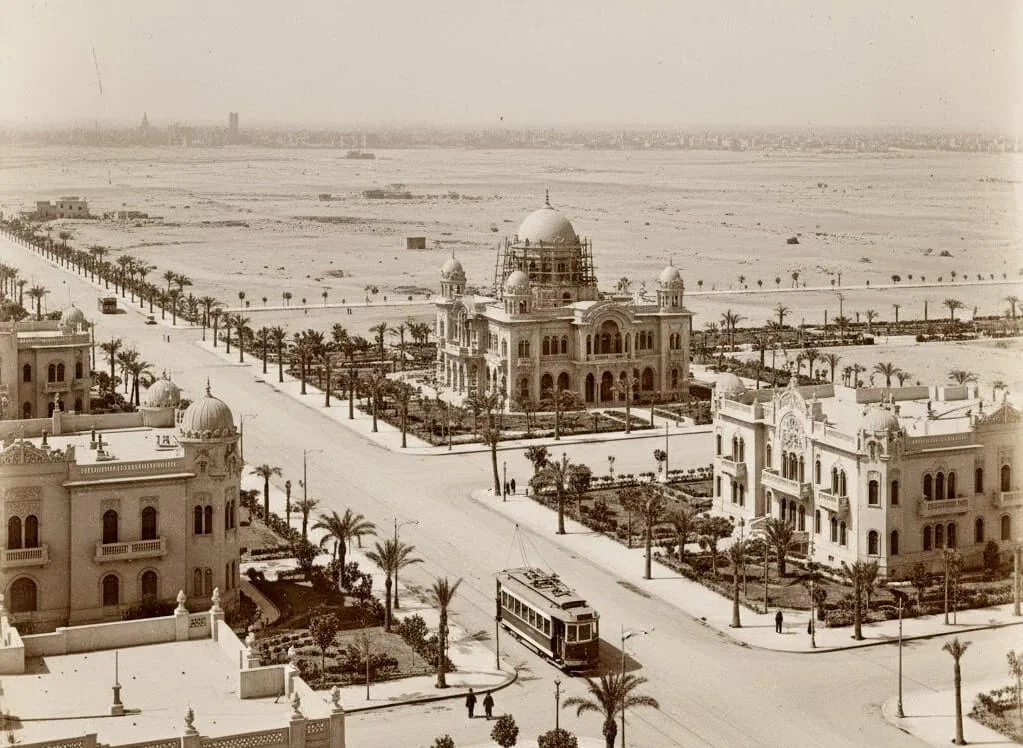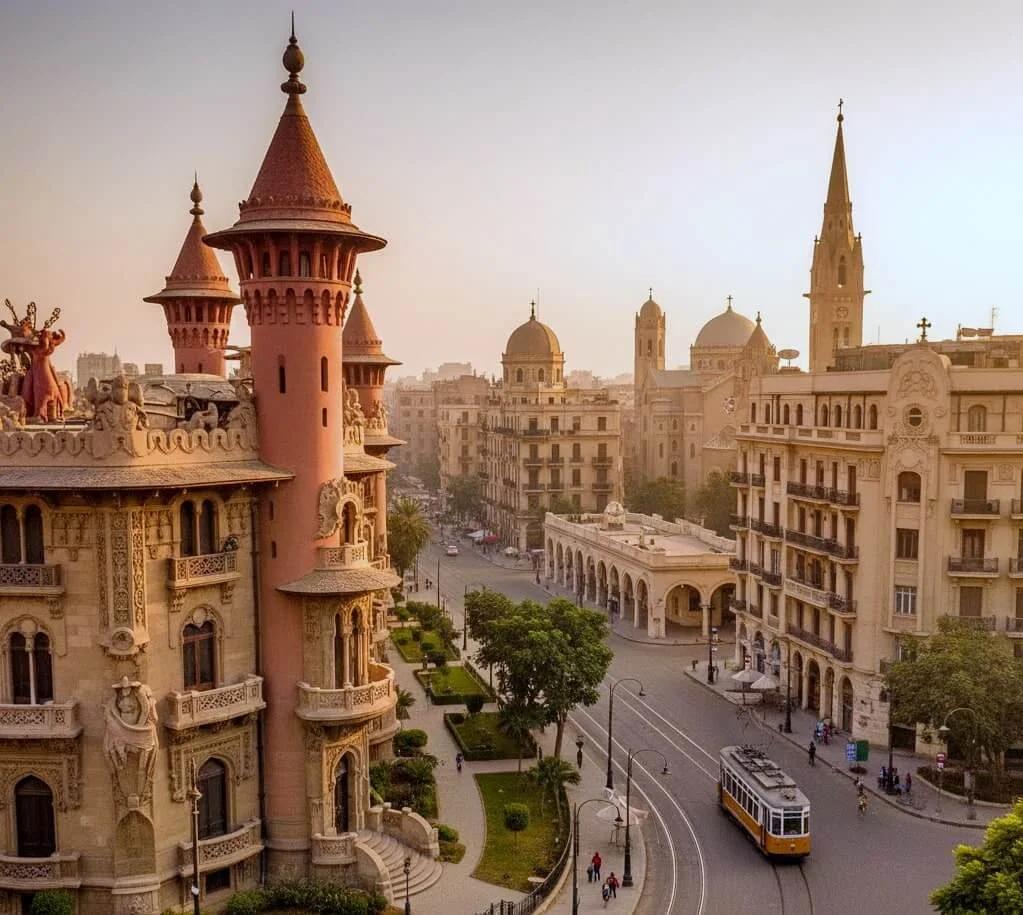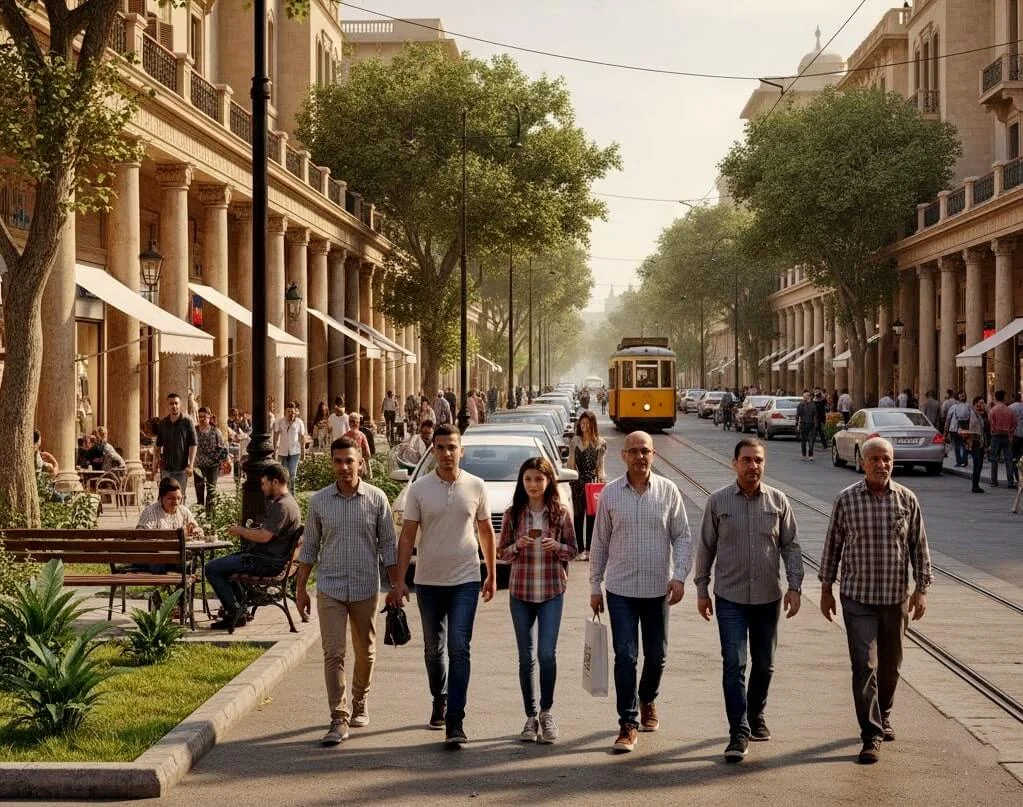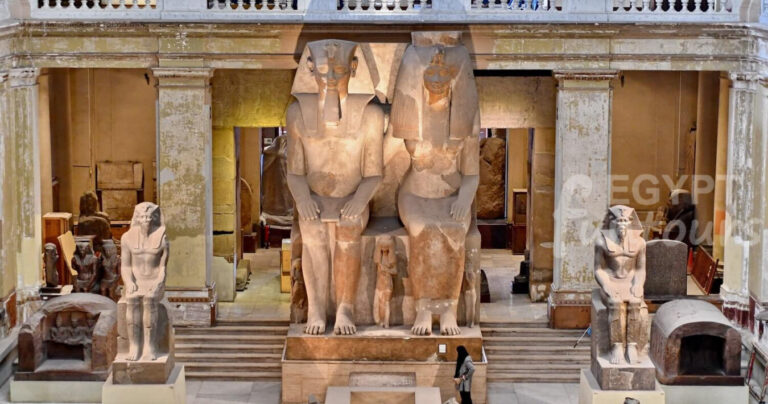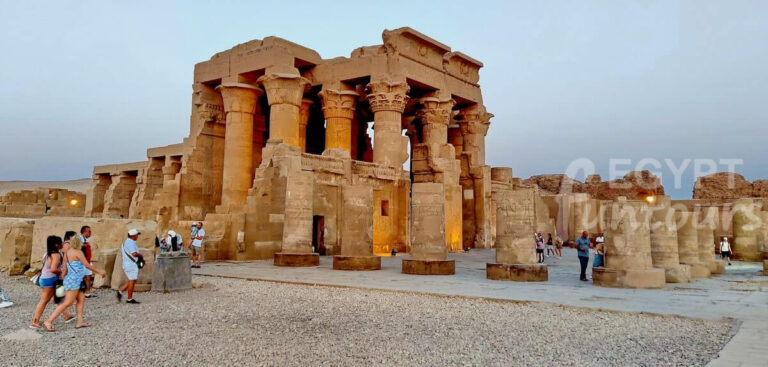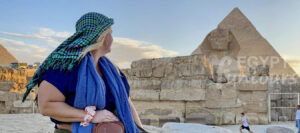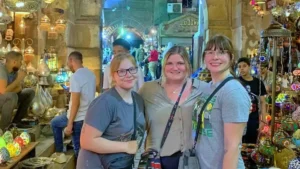The First City of the Sun: Ancient Iunu’s Sacred Roots
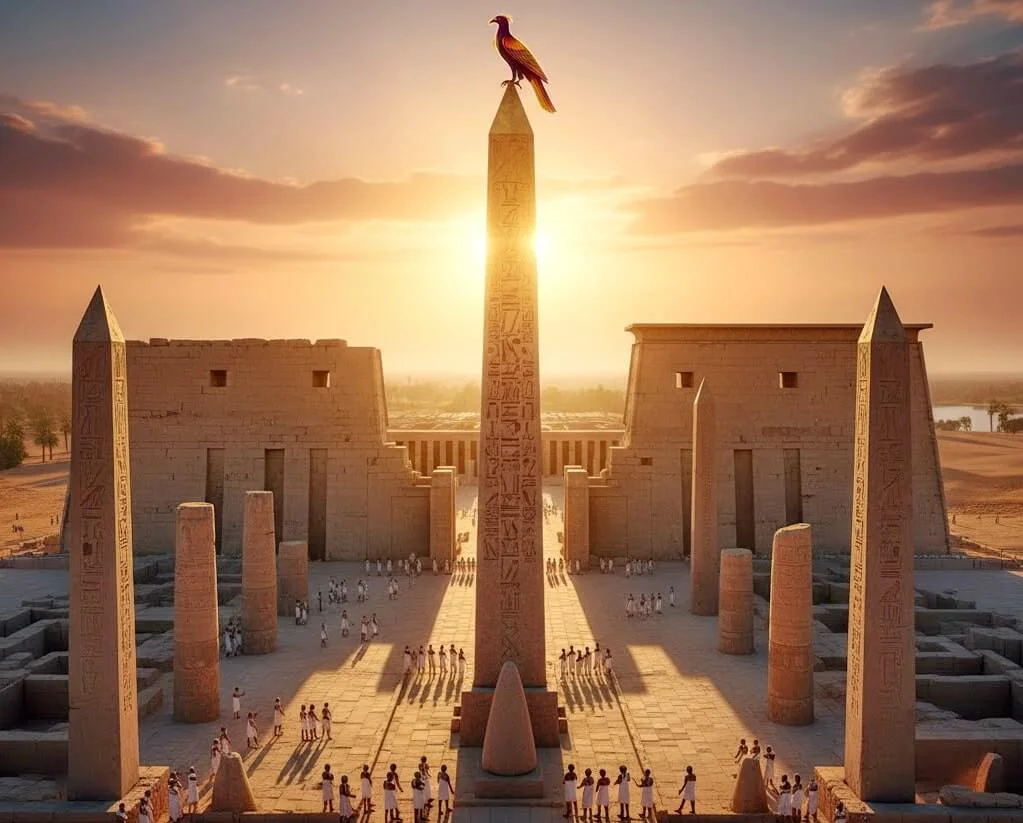
Imagine a city built on the very first spot of dry land. That place is Heliopolis. The ancient Egyptians called it Iunu. This name means “The Pillar” or “The Place of Pillars.” The city was Egypt’s spiritual powerhouse. It was the undisputed home of the sun god, Ra.
Pharaohs, priests, and pilgrims all flocked here. They wanted to witness the divine creation. This was the most sacred site in the entire Egyptian world. We call it “City of the Sun” for a strong reason. Its influence defined Egyptian religion and history for thousands of years. The city set the stage for all of Cairo’s future.
Iunu: The Cult Center of Ra
Heliopolis was the birthplace of all Egyptian gods. Priests believed the universe began right here. They taught that the sun god, Atum, first emerged from the dark, swirling waters. He stood on a primordial mound. This sacred ground was the source of life itself.
This powerful god later merged with Ra. This created the mighty Ra-Atum. Ra was the ultimate, all-seeing sun god. His worship was the state religion. The city’s power came directly from this sun cult. It was a golden age of theology.
The city housed the immense Great Temple of Ra. This structure rivaled the largest temples in Thebes. Its priests held vast political influence. They helped choose the next pharaohs. Ra’s power meant Heliopolis’s priests held real power over the entire kingdom.
The Sacred Architecture: Obelisks and the Benben
Heliopolis was an ancient skyline of incredible monuments. Its architecture served one central purpose: to honor the sun. The most famous structures were the obelisks. These tall, granite needles pierced the sky. They were symbols of the sun’s rays turning to stone.
Only one obelisk still stands in its original place today. This is the Obelisk of Senusret I. It dates back 4,000 years to the Middle Kingdom. It is the oldest standing obelisk in the world. Stand beside it and touch ancient history. It is a profound travel moment.
The true center of the sun cult was the Benben Stone. This conical pillar represented the primordial mound. It stood in the Great Temple. The Benben was the ultimate symbol of creation. It inspired the shape of the pyramids. Its power was felt across all of Egypt.
Heliopolis’s glory was so famous that foreign rulers took its monuments. Many great obelisks you see in Rome, London, and New York were once standing here. They are known today as “Cleopatra’s Needles.” They are magnificent trophies taken from the original City of the Sun.
A Center of Learning and Mythology
Heliopolis was more than a cult center. It was the ancient world’s greatest library. Greek thinkers traveled here to study. Famous names like Plato and Solon learned from the Egyptian priests. These priests were the true keepers of knowledge.
The city housed the Ennead of Heliopolis. This was the official group of nine primary gods. It formed the foundation of Egyptian mythology. Atum-Ra was always at the head. The priests organized the cosmos for all of Egypt.
Heliopolis also brought us the legend of the Bennu Bird. This sacred bird was the ancestor of the Greek Phoenix. It was a magnificent heron. It rose from the ashes every 500 years. The Bennu symbolized the sun’s daily rebirth. Heliopolis was the physical location for this constant, grand cycle of life.
The Decline of a Sacred City
The golden age of Heliopolis eventually faded. The rise of new cult centers shifted the balance of power. The capital moved south to Thebes. Later, Alexandria became the center of learning. The once-grand temples of Heliopolis fell into ruin.
Historians in the first century BC found the city abandoned. The temples were deserted, but a few priests remained. They guarded the memories of Ra. Over two millennia, the great stone blocks were slowly removed. Builders in Cairo used them for new constructions.
The ancient site is now mostly covered by the modern city. The standing obelisk of Senusret I marks the spot. It is a lonely sentinel in a suburb called Ain Shams. This name means “Eye of the Sun.” Even in decline, the ancient name survives. The original City of the Sun still watches over Cairo.


